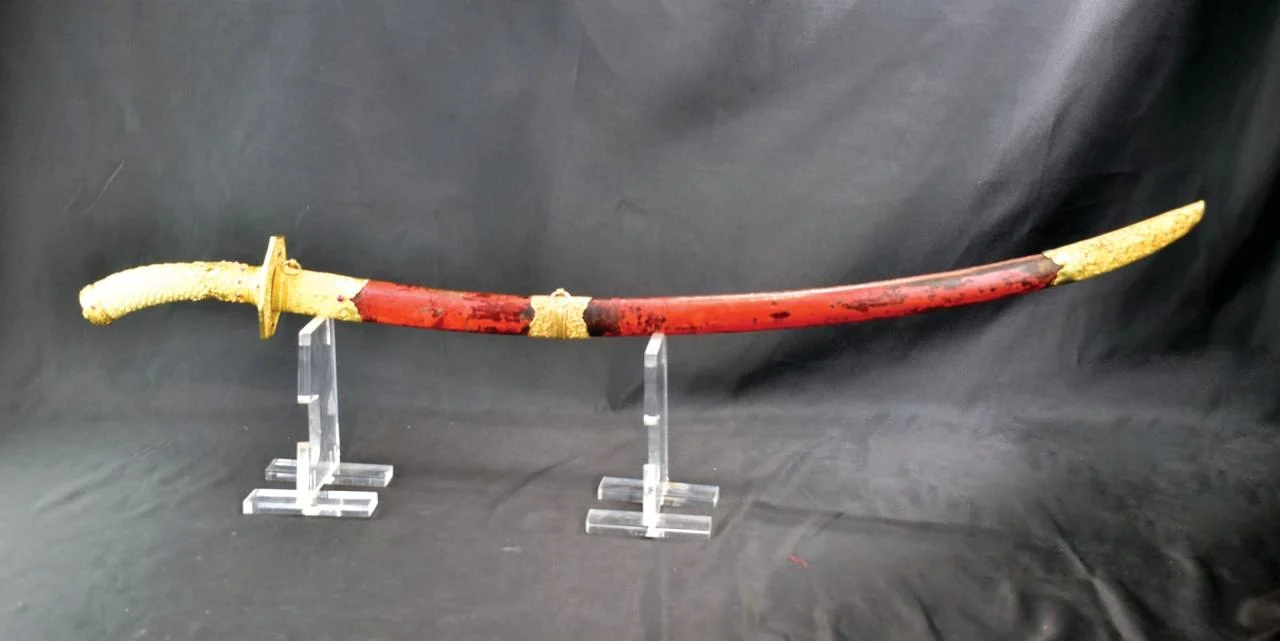
This is an auction organized by ADAM'S Auction House (founded in 1887) in Dublin (Ireland). There are up to 473 lots of antiques originating from many Asian countries such as China, Japan, Korea, Sri Lanka, Vietnam...
In particular, there is a sword, dated to the 21st year of Minh Mang, or 1840, which was valued at 100,000 - 150,000 euros. However, before the auction (November 18), some people spread rumors that the sword was fake. Vietnam also missed the opportunity to repatriate a valuable antique by not participating in the auction.
Origin and appearance of the sword
This sword comes from the collection of Colonel Pierre Le Lann, a French arms collector, who purchased it from an anonymous source in the 2000s. It is a traditional Asian sword, 96cm long. The curved blade is made of steel, the hilt is covered in ivory, and the guard is decorated with gold and precious stones.
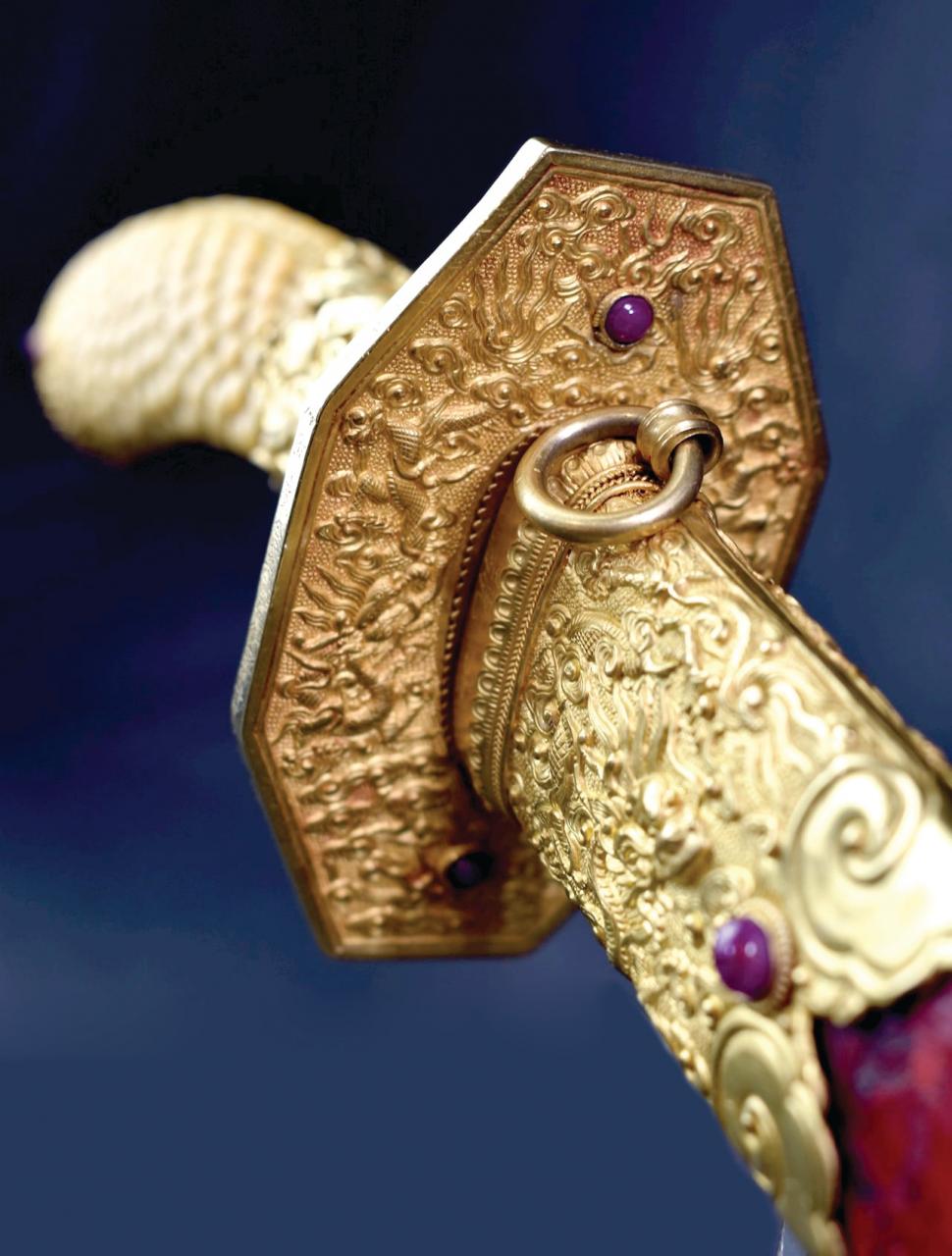
The ivory covering the hilt is carved into a series of circular beads, like pearls coiled around the hilt. The end of the hilt is covered in gold, carved with dragons and clouds, lotus petals and chrysanthemums, and set with two rubies on both sides.
The sword's hilt is irregularly hexagonal. The two main sides of the hilt are cast in gold and carved with two five-clawed dragons, typical of dragons in Nguyen Dynasty art.
On the edge of the sword hilt is engraved the following Chinese characters: 明命贰拾一年奉刻 八五黄金共重八兩七寸七分 (Minh Mang nhi thap nhat nien phuong khac, bat ngu hoang kim cong trong bat luong that cuon that phan); translation: “According to the order, engraved in the twenty-first year of Minh Mang [1840], with eight and a half years old gold, weighing eight luong, seven chi, seven phan). The characters were engraved by chiseling small dots together to form Chinese characters. This was a technique of engraving characters on gold and silver objects that was very popular during the Nguyen Dynasty.
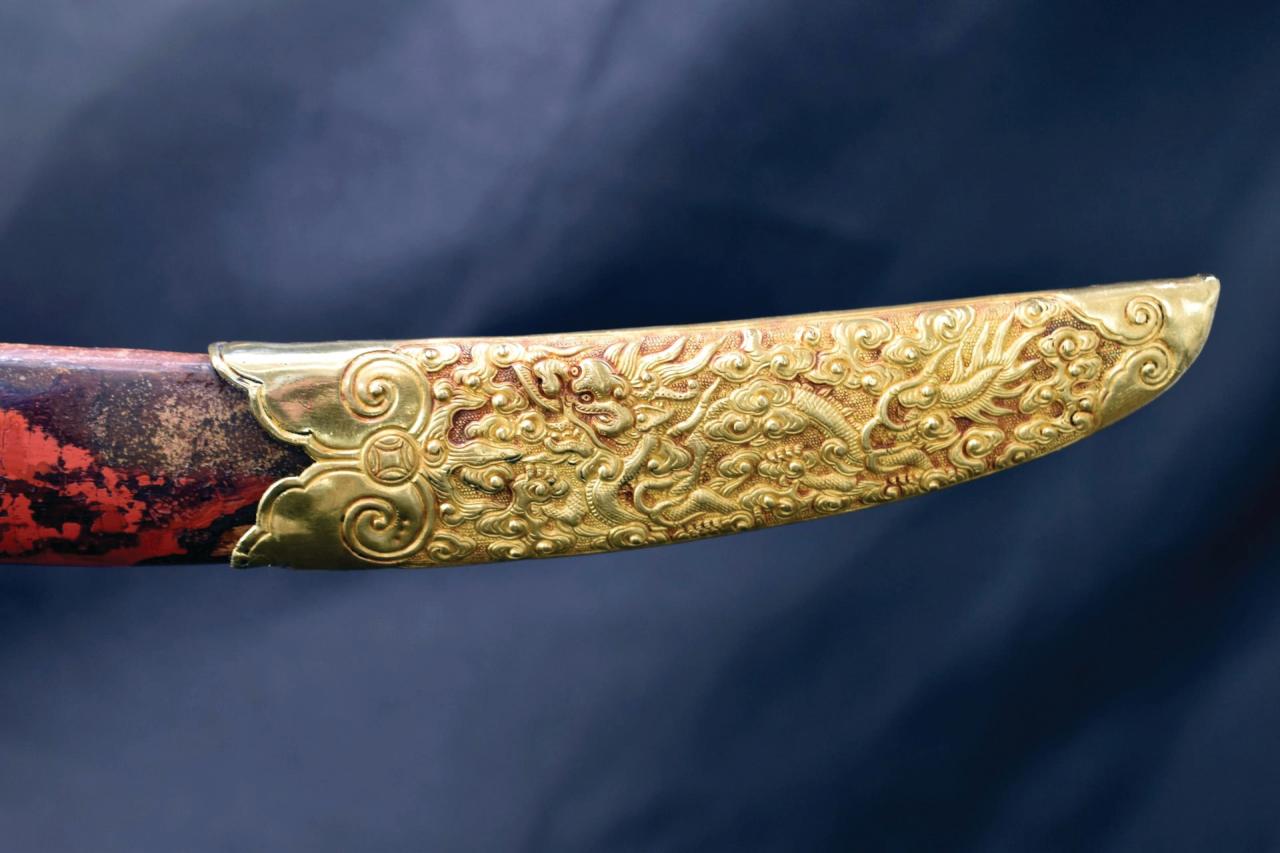
The blade is made of tempered steel, engraved with three clusters of symbols: shield, spear, cannon and flag, and the letters S&K engraved in relief. According to researcher Philippe Truong (Paris, France), the two letters S&K are the abbreviations of Schnitzer & Kirchbaum, a blade forging workshop in Solingen (Germany), operating from 1811 to 1864. Their blades were famous for their quality and were used on officers' swords in Germany and France in the 19th century.
The scabbard is made of wood, covered with red paint on the outside. The top, middle and bottom of the scabbard are covered with gold leaf decorations, with very detailed and sophisticated decorative designs: a masked dragon with two rubies (top), chrysanthemums (middle) and “long van khe hoi” (bottom). On one side of the scabbard, the Chinese characters are engraved: 内造臣杜𣹕造 (Made by the people of Do Lut in Noi tao): The other side is engraved with two Chinese characters: 二號: (Nhi hao: number 2)
Is this sword real or fake?
Based on the inscription on the sword, it can be seen that the sword was made by a man named Do Lut (杜𣹕), who worked at the Department of Internal Affairs (an agency specializing in the production of royal utensils in the Nguyen Dynasty), in the 21st year of Minh Mang (1840). The gold part on the hilt and guard has a total weight of eight taels, seven chi, seven phan of 8.5-year-old gold. The blade was ordered from the Schnitzer & Kirchbaum workshop in Solingen (Germany).
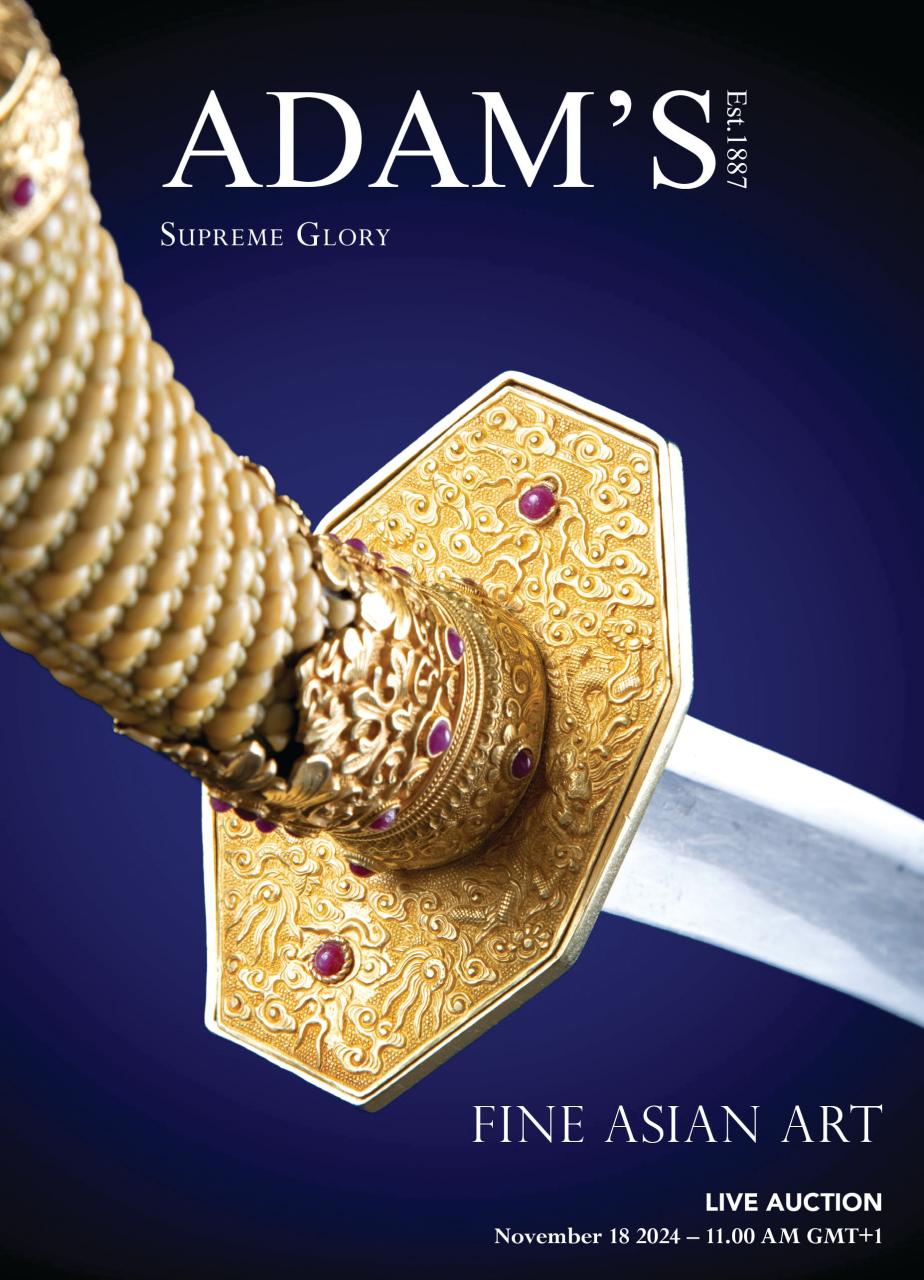
The inscription on the hilt of the sword has the word 寸 (thôn), which is a unit of weight for gold, used only during the Nguyen Dynasty. I have come into contact with many gold antiques of the Nguyen Dynasty, and I have seen that the inscription on those artifacts all use the word 寸 (thôn), with the same carving method: using a sharp-pointed punch, chiseling out small dots to create Chinese characters.
While in China, Japan or Korea at the same time, the units: 兩 (lương), 錢 (tiên) and 分 (phan) were used to measure the weight of gold, the Nguyen Dynasty in Vietnam used the units: 兩 (lương), 寸 (thôn) and 分 (phan) to measure. This was the Nguyen Dynasty's own way of using it, and was also a criterion to distinguish the gold objects of the Nguyen Dynasty from the gold objects of the same period in China, Japan and Korea.
The blade was made by the Schnitzer & Kirchbaum workshop in Solingen (Germany). This workshop has been closed since 1864, no longer produces swords, and no one has been able to counterfeit their blades because the quality and technique of making S&K sword blades are a secret, no one can imitate.
In addition, according to Philippe Truong, the motifs engraved on the steel sword blades such as spears, cannons, shields and flags, show the preferences of King Minh Mang, who had ordered many white porcelain items from the Spode factory in England in 1824 - 1825, decorated with similar images. The king then had popular patterns in Chinese and Vietnamese art painted on these items, with the inscriptions: 明命五年曾畫 (Minh Mang ngu nien tang hoa: Painted in the 5th year of Minh Mang, 1824) or: 明命六年曾畫 (Minh Mang luc nien tang hoa: Painted in the 6th year of Minh Mang, 1826), then refired them for use.
Finally, I think that this sword may have been stolen by the French colonialists when they attacked the Hue Citadel in July 1885, along with many other treasures of the Nguyen Dynasty.
Most of the looted treasures were transported back to Paris by the French. And for some reason, this sword may have been another looted item that escaped and was lost after all these years. It was later bought by an antique collector in the 2000s, and is now being auctioned by ADAM'S Auction House in Dublin, Ireland.
Unfortunately, the person who intended to buy the sword and donate it to the Hue Royal Antiquities Museum heard the false news and did not find the right person with expertise in appraising this antique, so he withdrew from the auction. Vietnam missed the opportunity to repatriate a precious antique. What a pity!
At the end of the auction, the Minh Mang sword was purchased by a British collector at a hammer price of 370,000 euros, 2.5 to 3.5 times higher than the expected price, excluding taxes (for the state) and fees (for ADAM'S) of about 17% to 24% compared to the hammer price.
Source: https://baoquangnam.vn/chuyen-ve-thanh-kiem-thoi-minh-mang-duoc-dau-gia-tai-ireland-3147418.html


![[Photo] Readers line up to visit the photo exhibition and receive a special publication commemorating the 135th birthday of President Ho Chi Minh at Nhan Dan Newspaper](https://vphoto.vietnam.vn/thumb/1200x675/vietnam/resource/IMAGE/2025/5/17/85b3197fc6bd43e6a9ee4db15101005b)




![[Photo] Nearly 3,000 students moved by stories about soldiers](https://vphoto.vietnam.vn/thumb/1200x675/vietnam/resource/IMAGE/2025/5/17/21da57c8241e42438b423eaa37215e0e)







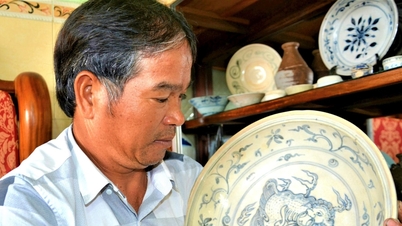






![[Infographic] Numbers about the 2025 High School Graduation Exam in Dong Thap Province](https://vphoto.vietnam.vn/thumb/402x226/vietnam/resource/IMAGE/2025/5/17/c6e481df97c94ff28d740cc2f26ebbdc)

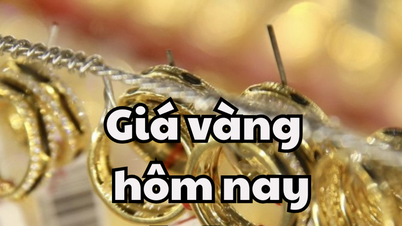






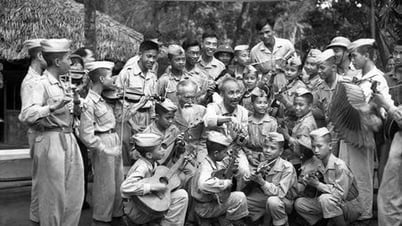




![[Photo] Prime Minister Pham Minh Chinh chairs meeting on science and technology development](https://vphoto.vietnam.vn/thumb/1200x675/vietnam/resource/IMAGE/2025/5/17/ae80dd74c384439789b12013c738a045)














































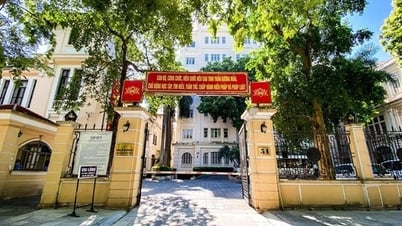



















Comment (0)